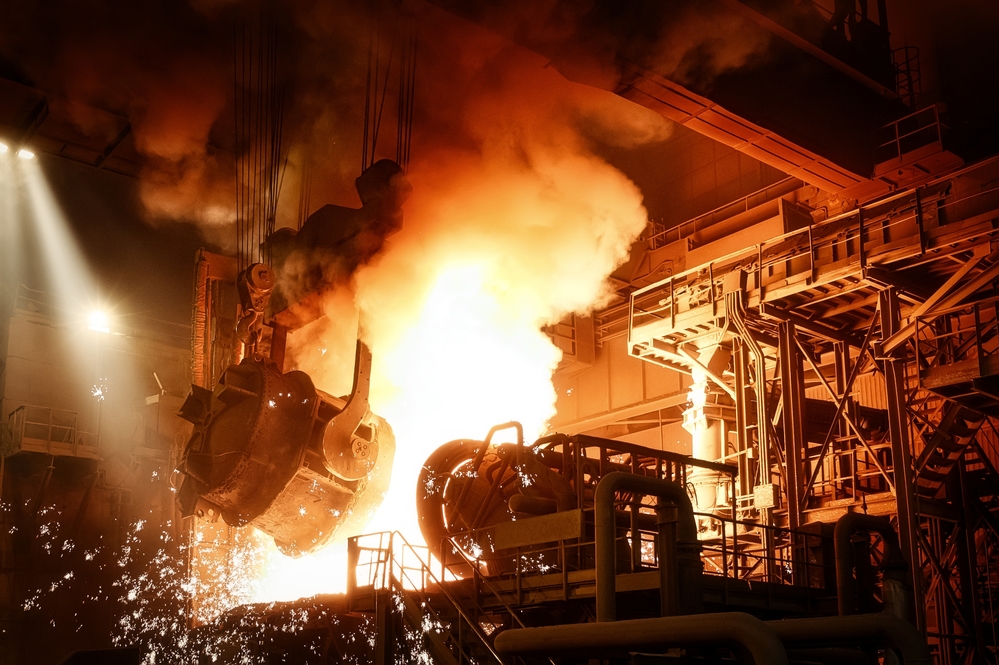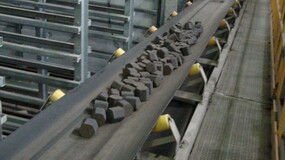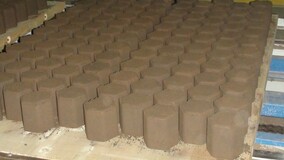NUST MISIS scientists have patented a method of recycling gas cleaning slurries and metal fines, being by-products of primary ferrous metal production. The method proposed is remarkable for its ability to enlarge the recycling process to industrial-scale production. It will also reduce production costs and dependence of metals companies on metallurgical feedstock imports. The research findings were published in the Metallurgist journal (Q2).
The production of primary ferrous metal — pre-reduced pellets and hot briquetted iron (HBI) — generates a large amount of iron-rich by-products, including fines and sludge.
Today’s most effective and environmentally friendly way of dealing with metallized recyclables is their briquetting in a mixture with various binding agents and further processing in shaft (cupola or blast furnaces) and electric furnaces. However, a metallized fines breeze may only be used in a mixture of original stock (sintering mix) at large integrated ironworks fitted with expensive equipment and possessing engineering capabilities.
The approach proposed by the MISIS scientists renders it possible to recycle metallized waste in the conditions of those iron and steel works where it is generated in the current mode, and at small plants in the regions running low on scrap metal. The research covered pilot melting and reaffirmed the method operational capability.
“The key workflow element is the smelting of cast iron from iron ore sludge in an electric arc furnace, being one of the top types of equipment in metal production. In the course of pilot experiments on implementing the method proposed, the yield of iron into cast iron exceeding 93% was achieved,” Pavel Chernousov, Ph.D. (Engin.), Associate Professor at the NUST MISIS Department of Energy-Efficient and Resource-Saving Industrial Technologies, noted.
As part of the study, the key parameters for the production of briquettes from metallized waste with the addition of metallized briquette fines, binding agent, slaked lime and coke fines extraction were determined. It turned out that the best strength properties were observed with samples with the addition of 15% of metallized fines. The cast iron obtained from such briquettes meets GOST standards and may be used in primary ferrous metal production.
“The cast iron produced from these briquettes meets the requirements of GOST
4832-95 and may be attributed to the cast iron of grade L4, class A, category 4. It opens up new opportunities for making the primary ferrous metal and increasing the metals practice efficiency,” Pavel Chernousov added.
The approach in questions reveals new possibilities of handling metals practice by-products and increasing performance of manufacturing procedures. The research findings may be successfully applied in practice in metallurgical units, which will improve their performance, reduce the amount of waste and recycle technology-driven resources of fine iron-containing materials accumulated in sludge collectors.





